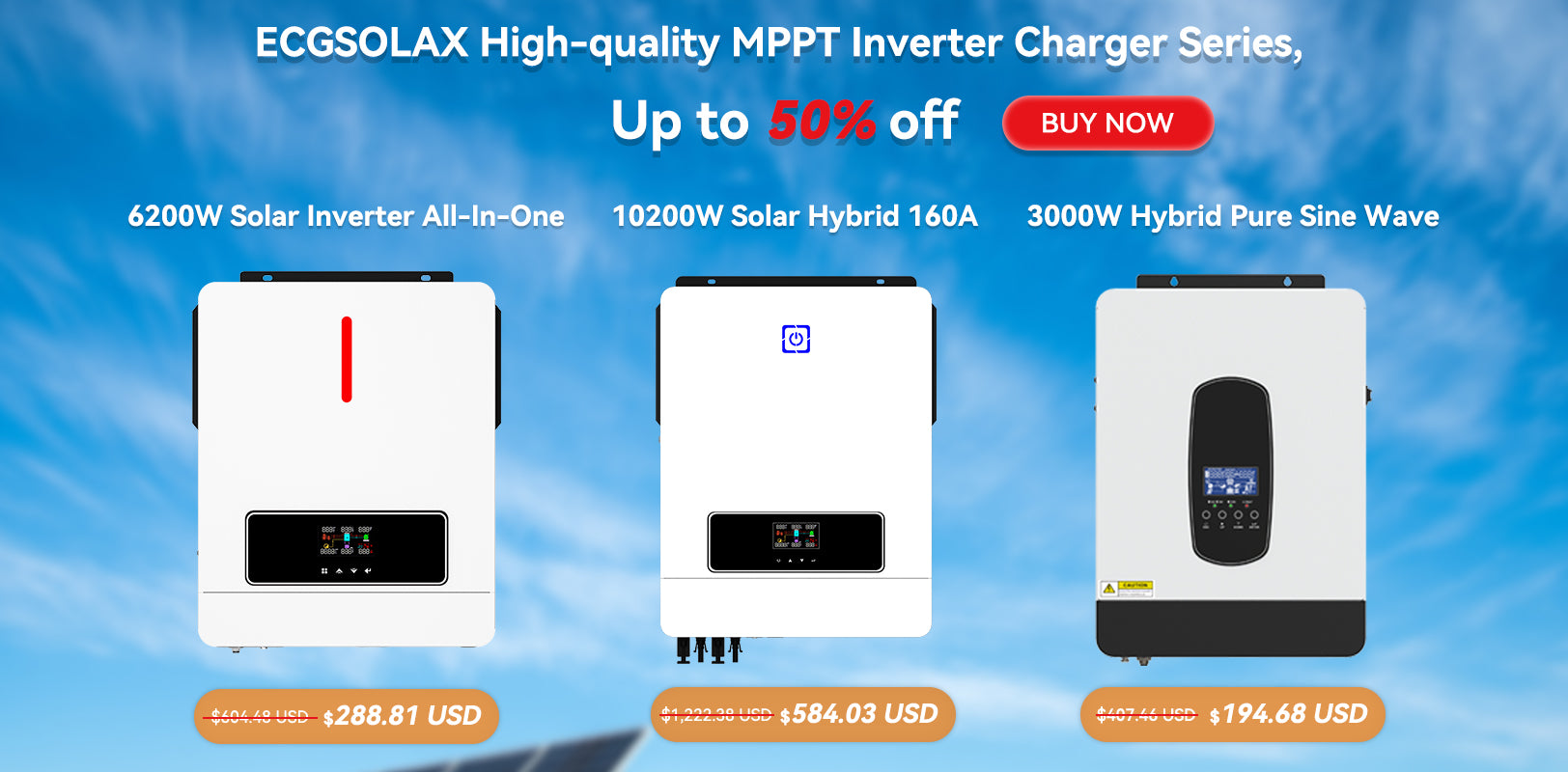
In the ever-evolving world of renewable energy, solar power has emerged as one of the most promising solutions to combat climate change and reduce our dependence on fossil fuels. As customers explore the wide array of solar energy products available in the market, one device that often comes into the spotlight is the power inverter. In this blog post, we will demystify the power inverter, explain its role in a solar energy system, and help you determine whether you need it for your own clean energy journey.
1. Understanding the Power Inverter
A power inverter is an essential component of a solar energy system, responsible for converting the direct current (DC) electricity generated by solar panels into alternating current (AC) electricity, which is suitable for use in homes and businesses. Solar panels produce electricity in DC due to the nature of sunlight, but most of our household appliances and gadgets require AC to function.
The power inverter acts as a bridge between your solar panels and the electrical grid, ensuring that the electricity generated is not only compatible but also optimized for use in your everyday life. Without this crucial device, the energy harnessed from the sun would be practically useless for powering your home or even feeding back into the grid.
2. Types of Power Inverters
There are various types of power inverters available, each catering to specific solar energy needs. Let's take a look at some of the most common ones:
a) String Inverters: String inverters are the traditional and most widely used type of inverters. They are typically installed at a centralized location, and multiple solar panels are connected in series to form a "string." These inverters are cost-effective and reliable, making them a popular choice for residential solar installations. However, it's worth noting that the overall performance of string inverters can be affected if a single panel underperforms or is in the shade.
b) Microinverters: Microinverters are a newer technology that has gained popularity in recent years. Unlike string inverters, microinverters are installed on each individual solar panel. This means that each panel operates independently, optimizing energy production even if one panel is shaded or malfunctions. Microinverters are known for their enhanced efficiency, better monitoring capabilities, and increased safety due to the elimination of high-voltage DC wiring.
c) Hybrid Inverters: Hybrid inverters go beyond just converting DC to AC. They offer added functionality by allowing you to connect energy storage systems, such as solar batteries, to your solar setup. This way, excess energy generated during sunny days can be stored and used during times of low solar output or even power outages. Hybrid inverters provide flexibility and resilience, making them an excellent option for those looking to maximize their solar energy usage.
3. Do You Need a Power Inverter?
Now that we've understood the role of a power inverter, the question arises: do you really need one for your solar energy system? The answer largely depends on your specific requirements and the type of solar setup you opt for.
a) Residential Solar Energy Systems:
If you're planning to install a solar energy system for your home, a power inverter is an absolute necessity. Without it, the electricity generated by your solar panels will be unusable, leaving you with an inefficient and ineffective setup. Whether you choose a string inverter, microinverter, or hybrid inverter will depend on factors such as budget, shading issues, and desired features like battery storage.
b) Commercial Solar Energy Systems:
For businesses looking to harness solar power to offset their energy costs and reduce their carbon footprint, power inverters are equally essential. Commercial solar installations, depending on their size and requirements, may benefit from string inverters or the more advanced microinverters for increased energy output and system monitoring.
c) Off-Grid Solar Systems:
If you're considering an off-grid solar system, where you aren't connected to the utility grid, a power inverter is still crucial. Off-grid systems require the power inverter to convert DC energy from solar panels into AC energy for use in your home or business.
d) Grid-Tied Solar Systems:
Grid-tied solar systems, which are connected to the utility grid, also need power inverters. These inverters ensure that excess electricity generated by your solar panels can be fed back into the grid, potentially earning you credits or revenue through net metering programs.
Conclusion
In conclusion, a power inverter is an indispensable component of any solar energy system, enabling the conversion of DC electricity to AC electricity, making it usable for your daily needs. Whether you're setting up a residential, commercial, off-grid, or grid-tied solar system, the right choice of power inverter will significantly impact the efficiency and performance of your setup.
When considering solar energy products for your clean energy journey, pay close attention to the type of power inverter offered by the manufacturers or solar installers. Remember, each type of inverter comes with its own advantages, so carefully assess your requirements and consult with solar experts to ensure you make an informed decision.
Embracing solar power and investing in a reliable power inverter is not just a step towards energy independence but also a commitment to a sustainable future for generations to come. So, take the leap, harness the power of the sun, and let your solar journey shine brightly!


0 Kommentare